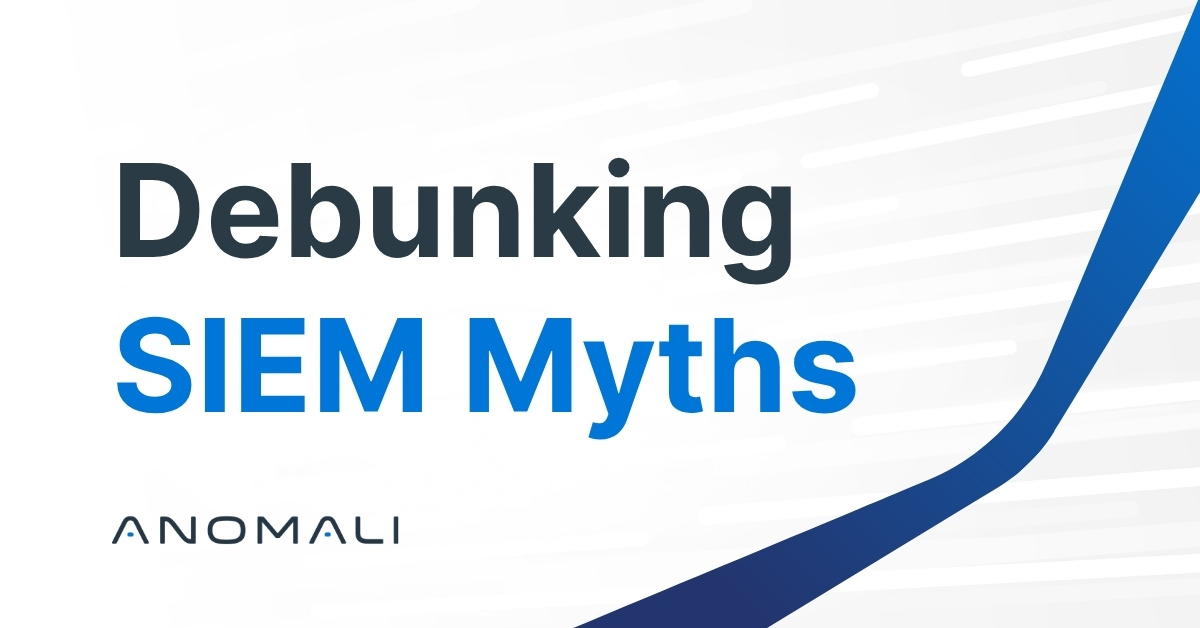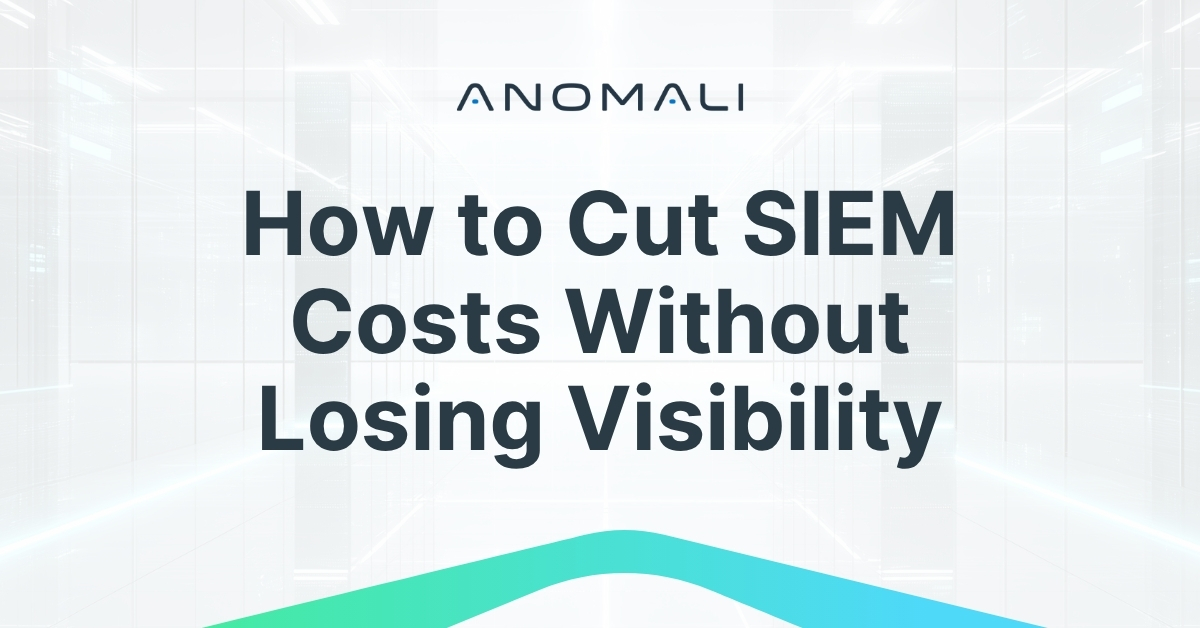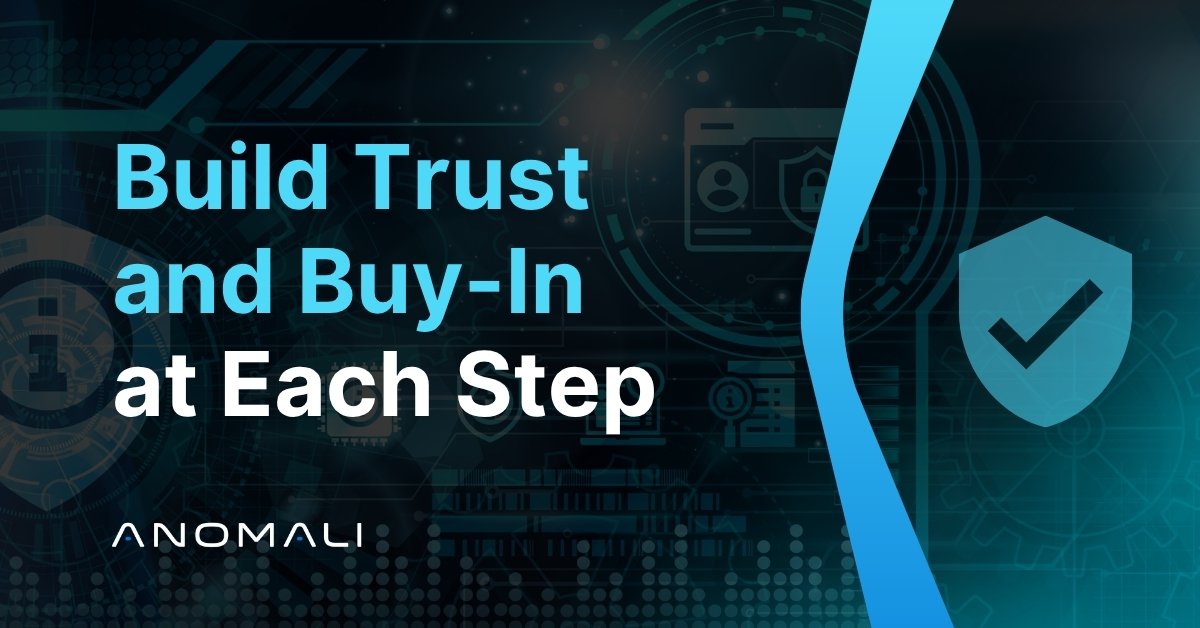Dispelling the Myths of SIEM Modernization
AI-powered threats haven’t killed the SIEM, but they are forcing it to evolve. Learn the myths, challenges, and path forward to SIEM modernization.


SIEM modernization may seem like a daunting, anxiety-filled undertaking. The good news is: it doesn’t have to be. The bad news is: yes, you have to replace that legacy system. It’s slow, siloed, costly, and was never built to keep up with today’s AI-fueled threats. But, with the right strategy and approach, SIEM modernization can not only improve cyber resilience, it can save your organization money — and future headaches.
Why Legacy SIEM Can't Keep Up with AI-Powered Threats
Today's threat actors are highly organized, well-funded organizations that are leveraging the same advanced AI and automation tools as legitimate companies. As such, attacks are in overdrive. New research from Cybersecurity at MIT Sloan found that 80% of ransomware attacks are now powered by artificial intelligence. Because adversaries can now execute complex, multi-stage attacks in seconds, SOC analysts have to contend with both increased attack volumes and complexity.
- Drowning in Data: To detect sophisticated attacks, you need to collect and analyze an unprecedented volume of data. Legacy SIEMs weren’t designed for the scale of the AI era, and their licensing models make storing and searching this data cost-prohibitive. So, you’re forced to either accept significant blind spots or face spiraling costs.
- Speed and Complexity: As the speed of attacks increases, so must the speed of response. But SIEMs are bogged down by sluggish searches, complex query languages, and siloed data. This creates an operational speed gap, where human analysts are stuck hunting through alerts while threat actors are on the move.
The time to change is now. But maybe you’ve bought into the myths of SIEM modernization:
Myth #1: We’ll never be fully free of our old SIEM
For many CISOs and security teams, the thought of migrating off a deeply entrenched, legacy platform feels like an insurmountable challenge. They worry about the disruption to operations, the potential for security gaps during the transition, and the complexity of moving years of data and workflows.
Myth #2: We’re going to pay out the ear for a modern solution
Another common misconception is that SIEM modernization is a massive, budget-busting expense. Many believe that moving to a new, advanced platform with AI capabilities will inevitably come at a much higher price point, making it a tough sell.
Consider these myths busted. With the right strategy, you can ditch your technical debt and face AI-fueled threats with the firepower they demand, all while optimizing costs.
From Anxiety to Action: What SIEM Modernization Really Looks Like
Former S&P CISO and Anomali’s Chief Growth Officer George Moser has seen his share of next-gen technology deployments. “What I lost sleep over was getting off the legacy platforms. Technologists love to get something new up and running, have a wine and cheese party, and then kind of forget about the legacy still out there running, right? If we kind of delete it from the PowerPoints, we think it goes away. But it's still there.”
But Moser grew to realize, when it came to the SIEM space, his anxiety was unfounded. The move to a modernized SIEM could be absolute, if broken down to an elemental approach. “There are organizations and ways that we can shrink wrap that to make it even easier in the future, with the goal that it becomes as easy as setting up a Ring camera.”
Moser recommends expert teams in the next-gen SIEM space and following a four-step blueprint to make SIEM modernization a systematic, achievable process:
- Assess: Objectively evaluate your current data sources, tools, and processes to identify critical gaps and pain points.
- Define: Set clear goals for your target architecture and align them with your organization's risk tolerance.
- Implement: Begin with a high-value, high-impact use case to build confidence and secure buy-in across the organization.
- Measure: Track key performance indicators (KPIs) that prove the value of your new platform, such as reduction in critical incidents and below-average mitigation time.
SIEM Modernization Optimizes Costs, Maximizes Capabilities
Legacy tools are built on legacy licensing agreements drafted before the advent of AI. Old licensing agreements often penalize organizations for the huge volumes of data they now must collect to stay secure. As data explodes, costs spiral out of control.
New SIEM vendors have responded, offering licensing models that are conducive to the modern, data-heavy environment. Organizations get a superior product built for the AI era; increase the efficiency and effectiveness of their teams; and can apply freed-up funds to address other security gaps.
Ready to Start Your SIEM Modernization Journey?
SIEM isn't dead, but the time of slow, siloed, and costly platforms is over. Legacy tools can't keep up with AI-enabled threats and exploding data, and CISOs and CFOs have to embark on the journey to a modernize and optimize their SIEM to contend with that reality. With the right strategy, dedication, and expertise, SIEM modernization will slash costs and position organizations to respond to the most sophisticated threats of the AI era.
If you're rethinking SIEM, get a strategic blueprint for the AI era here.
Discover More About Anomali
Get the latest news about cybersecurity, threat intelligence, and Anomali's Security and IT Operations platform.
Propel your mission with amplified visibility, analytics, and AI.
Learn how Anomali can help you cost-effectively improve your security posture.




